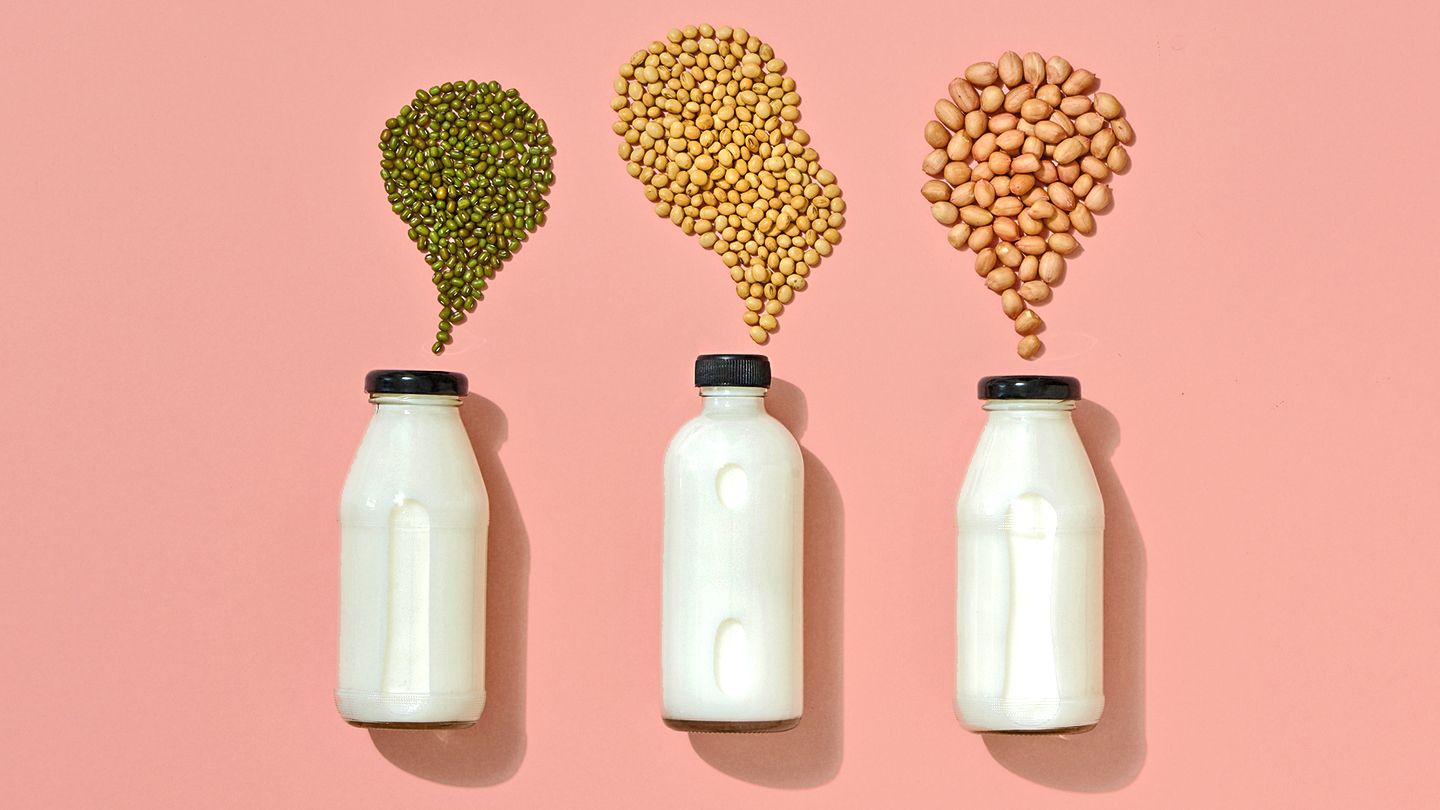What is Lactose Intolerance?
Lactose intolerance is a common digestive condition where people experience gastrointestinal symptoms after consuming lactose, a natural sugar found in milk and dairy products.
Prevalence of Lactose Intolerance
Approximately 68% of the global population has some degree of lactose malabsorption that can lead to lactose intolerance symptoms. Rates vary significantly by ethnicity:
- 95% of Asian Americans
- 90% of Native Americans
- 74% of African Americans
- 53% of Mexican Americans
- 15% of Caucasians
Difference Between Milk Allergy and Lactose Intolerance
Milk allergy is an immune reaction to the proteins in milk, whereas lactose intolerance is a digestive issue with the milk sugar lactose. An allergy can be life-threatening, while lactose intolerance causes abdominal discomfort and bloating.
Causes of Lactose Intolerance
Lactose intolerance occurs when your small intestine does not produce enough of the enzyme lactase to properly digest the lactose from dairy products. There are several types of lactose intolerance:
Primary Lactose Intolerance
Primary lactose intolerance happens as you get older, typically early teenager years through adulthood, as your lactase levels naturally decline over time. This is the most common cause of lactose maldigestion.
Secondary Lactose Intolerance
This occurs when injury, disease or surgery causes damage to your small intestine, reducing lactase production. Causes can include celiac disease, Crohns disease, chemotherapy, or stomach surgery.
Congenital Lactose Intolerance
Rarely, infants are born with lactase deficiency. Preemies can also have transient lactose intolerance due to an immature digestive system.
Developmental Lactose Intolerance
Most children begin producing less lactase after 2-5 years old. Some children take longer so symptoms appear later in childhood years.
Signs and Symptoms
The most common lactose intolerance symptoms include:
- Diarrhea
- Gas and bloating
- Stomach pain, cramps or rumbling
- Nausea
- Vomiting
Symptoms typically begin 30 minutes to 2 hours after eating lactose-containing foods. Severity depends on the amount of lactose consumed and degree of lactase deficiency.
When to See a Doctor
Contact your doctor if you experience severe signs of dehydration like dizziness, increased heart rate or dark urine. Seek emergency care for vomiting blood or bowel obstruction symptoms.
Lactose Intolerance Diagnosis
If symptoms regularly occur after consuming dairy products, your physician can help to diagnose lactose intolerance through medical, dietary, blood and breath tests.
Medical History and Physical Exam
Your doctor will ask detailed questions about your symptoms, when they happen and dietary habits. They will look for signs of malnutrition, celiac disease or inflammatory bowel disease.
Elimination Diet
Removing lactose from your diet for 2 weeks should improve symptoms if you have lactose intolerance. Reintroducing dairy could provoke a reaction.
Hydrogen Breath Test
You will drink lactose dissolved in water and breathe into a balloon-like container every 30 minutes to measure hydrogen gas production. Too much indicates poor digestion of lactose.
Lactase Enzyme Stool Test
This involves collecting a stool sample to evaluate for undigested lactose sugars. Low lactase also means lactose intolerance.
Small Bowel Biopsy
Rarely used, a tissue sample is taken during an endoscopy procedure of your intestines to check lactase production in cells.
Treatment and Diet for Lactose Intolerance
The most common ways to prevent or reduce lactose intolerance problems are avoiding lactose or using lactase enzyme supplements when you consume dairy foods.
A Low-Lactose Diet
Limiting high-lactose dairy products like milk, ice cream, yogurt and soft cheeses may help improve digestive comfort. Lactose-free milk and dairy substitutes are available too.
Lactase Enzyme Supplements
Swallowing lactase enzyme pills with the first bite of dairy foods assists with properly breaking down lactose sugars in your small intestine for easier digestion.
Identifying Hidden Animal-Based Ingredients
Some processed meats, breads, cereals, snack foods and even medications include milk-based ingredients like whey or casein. Check labels and avoid when possible.
Probiotics for Digestive Health
Consuming probiotic foods like yogurt, kefir and aged cheeses introduces live microorganisms to promote a healthy intestinal environment, diversity and improved digestion.
Lactose in Everyday Foods
Reading ingredient labels helps identify sources of lactose to eliminate or strategies for managing intake. Heres the lactose amounts in common foods:
Dairy Products High in Lactose
- Milk - 12g per cup
- Yogurt - 9g per cup
- Ice cream - 6g per 1/2 cup
- Custard - 4g per 1/2 cup
- Cottage cheese - 2-3g per 1/2 cup
- Cream cheese - <1g per ounce
Low-Lactose Dairy Products
- Aged hard cheeses like cheddar, Parmesan - <1g per ounce
- Butter - <1g per tablespoon
Hidden Animal-Based Ingredients
- Whey powder
- Milk protein concentrates
- Nonfat dried milk powder
- Casein
- Curds
- Ghee
Avoid if lactose intolerant. Check ingredient lists.
Am I Lactose Intolerant? Quiz
Use this helpful quiz to find out if your symptoms may be caused by lactose intolerance:
Do dairy products give you stomach problems like pain, gas or diarrhea?
- Yes, usually within a few hours after having milk, ice cream or other dairy foods.
- No, I tolerate dairy just fine without issues.
How often do you experience gastrointestinal issues?
- Often - several times a week.
- Occasionally - a few times a month.
- Rarely - a few times a year.
Are your symptoms worse after having dairy-heavy meals or drinks?
- Yes, absolutely! Dairy seems to be a trigger.
- No, my symptoms seem random.
Does avoiding dairy relieve your digestive discomfort?
- Yes, I feel much better when I cut out milk, yogurt, soft cheeses, etc.
- No difference. My symptoms continue despite avoiding dairy.
Do you have a family history of lactose intolerance or are you of an ethnic background with higher prevalence rates?
- Yes, my relatives also struggle with dairy digestion.
- No, family history doesn't indicate lactose intolerance.
If you answered "Yes" for most or all questions, it is very likely you have lactose intolerance. Making an appointment with your doctor for testing can help diagnose your condition and determine treatment options.
Dealing with Lactose Intolerance Long-Term
Living with lactose intolerance is manageable with avoidance of trigger dairy foods or using lactase enzymes. Being able to enjoy dairy again provides needed nutrition. Here are some tips:
Take Lactase Pills Routinely
Carrying a few lactase supplement pills in your bag lets you digest dairy when eating out or traveling without GI troubles later.
Always Check Ingredient Labels
Scan ingredient lists on packaged foods, supplements, prescriptions and meal items when eating out to catch hidden milk-based ingredients youll want to avoid or manage with lactase.
Know Your Tolerance Threshold
Identify how much fermented or aged dairy you can handle without problems. Having 'safe' go-to dairy foods makes meal planning easier.
Support Gut Health with Probiotics
Cultivate healthy gut flora by regularly eating probiotic foods like yogurt or kefir if tolerated, taking supplements, or consuming gut-friendly whole plant foods and fiber.
Being lactose intolerant can be challenging but doesn't mean eliminating all dairy. Follow these tips and work with your healthcare provider to manage your condition for better long-term digestive health.
FAQs
What foods contain lactose that I should avoid?
High-lactose foods to limit include milk, ice cream, custard, yogurt, soft cheeses, puddings, creamy soups and sauces. Check labels for whey, milk powder and casein as well.
Will drinking lactose-free milk or dairy alternatives help?
Yes, choosing lactose-free milk like Lactaid or almond, soy or oat varieties typically will not cause GI problems. They provide equivalent nutrients to regular dairy products.
Can you develop a lactose intolerance as an adult?
Yes, most adults naturally produce less lactase enzyme as they age, leading to a higher chance of primary lactose intolerance occurring in adulthood between ages 30-50 years old.
Is lactose intolerance the same as a milk allergy?
No, a milk allergy involves the immune system. Lactose intolerance is an issue digesting milk sugars due to a lactase deficiency. Allergy risks are more severe but symptoms may overlap.
Disclaimer: This article is for informational purposes only and does not constitute medical advice. Always consult with a healthcare professional before starting any new treatment regimen.
Related Coverage
Sherbet contains some dairy, but can often be dairy-free. Explore the ingredients in sherbet, nutrition facts, health benefits, tips for eating, and recipes....
Take this lactose intolerance quiz to help determine if you have difficulty digesting dairy. Learn about the common symptoms, causes, diagnosis and treatment options....
If you have lactose intolerance, eliminating dairy can lead to nutritional gaps. Learn about the best milk substitutes, supplements to fill shortfalls, and how to eat dairy-free....
The latest statistics on the UK construction industry show growth overall but ongoing challenges with skills shortages and rising costs. The sector grew by 2.8%....
Does buffalo mozzarella contain lactose? Learn about lactose in cheeses and discover low lactose dairy and vegan cheese substitutes for a lactose intolerance diet....
Goat cheese contains less lactose than regular cow's milk cheese, but isn't fully lactose-free. However, well-aged hard goat cheese contains almost no lactose....
Find the top lactose-free protein foods including tofu, beans, nuts, seeds, eggs and dairy-free protein powders to add to your low lactose diet....
This complete guide covers the best milk, cheese, cream, yogurt, butter and ice cream substitutes to manage lactose intolerance through a dairy-free diet....
Discover the best non-dairy cereal milk options for lactose intolerance including soy, almond, coconut, oat, cashew, hemp and rice milk plus recipes and diet tips....
Learn whether orange sherbet contains milk and lactose or if it's a dairy-free dessert option. Get info on dairy-free orange sherbet varieties for lactose intolerance....









